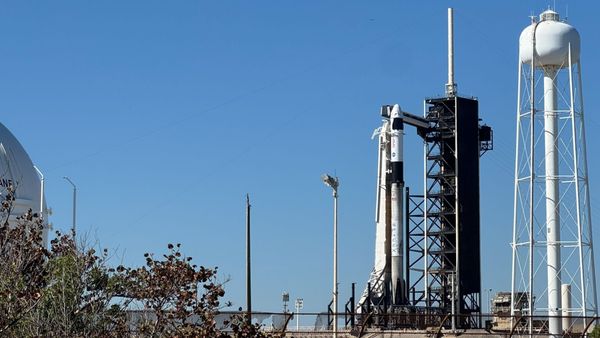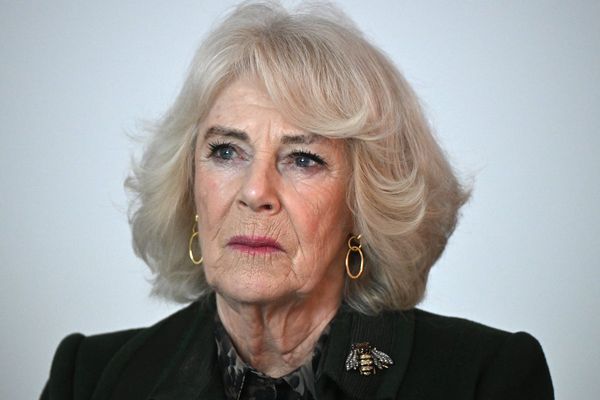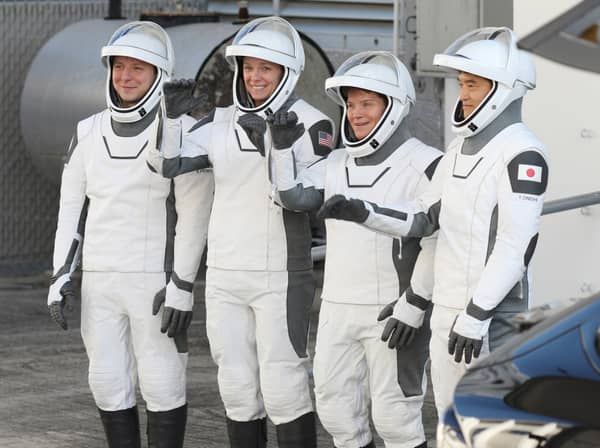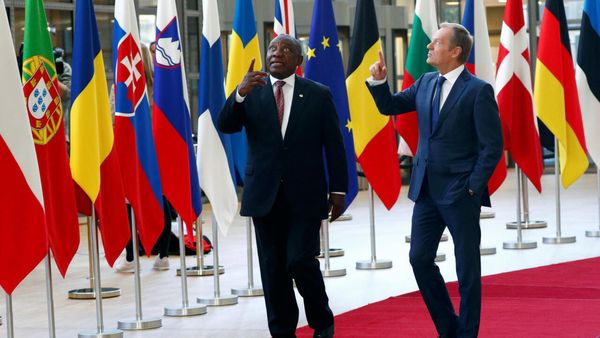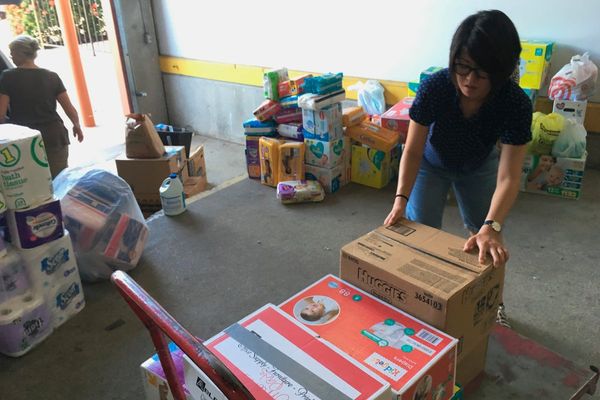
Tanks arguably decided the first world war, after four years of deadlock, and were indispensable throughout the second. Yet after the initial Russian invasion, one of the surprising features of the war in Ukraine is that it has not been a war of dramatic manoeuvre but rather only modestly changing fronts.
However, with the Russians trying to fortify their positions, ahead perhaps of a renewed attack, Kyiv is under pressure to find a breakthrough this spring. With Nato unwilling to help Ukraine with combat air power, the answer, for now, lies in the heavily armoured tank – which finally, the west is prepared to provide.
Britain will send a squadron of 14 Challenger 2 tanks and Poland wants to send another 14 German-made Leopard 2s, if Berlin (as is increasingly looking likely) grants permission. It is a start, but well short of a pre-Christmas Ukrainian demand for 300 tanks and at least 600 fighting vehicles (of which about 90 have been pledged).
Only tanks have the “protection, mobility and firepower to maintain momentum even once they make contact with enemy forces in strength”, said Nick Reynolds, a land warfare expert at the Rusi thinktank. The question, however, is what number will give Kyiv chance to mount its own offensive.
Experts at the International Institute for Strategic Studies said last week they believed the answer was “around 100”, a figure broadly endorsed by Phil Osborn, a former UK chief of defence intelligence, although that depends on proper training, a good supply of spares, and what Ukraine’s battle plans are for spring 2023.
It is likely its war plans are maximalist, in line with its leaders’ public pronouncements, which call for the expulsion of the invading Russians from their territory, to reassert the borders of before 2014, so including the recovery of all the eastern Donbas and Crimea in the south.
Ukraine has suffered grievously enough since Russia invaded last February, including at least 7,000 civilian dead. It is desperate to find a way to end hostilities on terms that do not cede a territorial victory to the Kremlin, currently occupying a sixth or more of its land – and needs to act before the patience of western backers and their stocks of munitions run out.
What all that makes clear is that the UK donation of 14 Challenger 2s is not itself enough and that even if Britain wanted to go further from its nominal stock of 227, it could not provide anything like the volume required in isolation. This is where the German-made Leopard 2 comes in, which is available in greater volume around Europe, and is more capable than the Soviet-era tanks Ukraine has now.
There are just over 2,300 Leopard 2 tanks held by the militaries of 13 Nato countries, according to the IISS, although at least 300 are in storage, and many others are in a dismal state of repair (last summer Spain’s were deemed in too bad a condition to be worthy of sending).
Nevertheless, there are enough to get to 100 if several more countries come forward – Finland is thought to be willing, but that itself is not enough – if the German chancellor, Olaf Scholz, makes the final decision to allow them to be re-exported.
The history of the second world war hangs heavy over Germany. But already Scholz’s coalition partners, the Greens and the liberal FDP have signalled they support such a move. The chancellor himself has authorised the supply of 40 Marder fighting vehicles, meaning the deployment of Leopards is only one step up.
The experts at the IISS say it could take three to six weeks for Ukrainian soldiers to achieve “a basic proficiency” in using Leopard 2s (it will be similar for Challenger 2s). Still, the real test will be whether Kyiv develops a plan to use the tanks effectively in conjunction with artillery, to clear the way, and infantry, to protect the armour and clear out fortified positions.
Gen Mark Milley, the US chairman of the joint chiefs of staff, has announced a sophisticated training programme for about 500 Ukrainian soldiers for what is known in the military as “combined arms”. Such a programme, he suggested, would take “five, six, seven, eight weeks” to take effect, giving a clue perhaps for what is to come and when.
